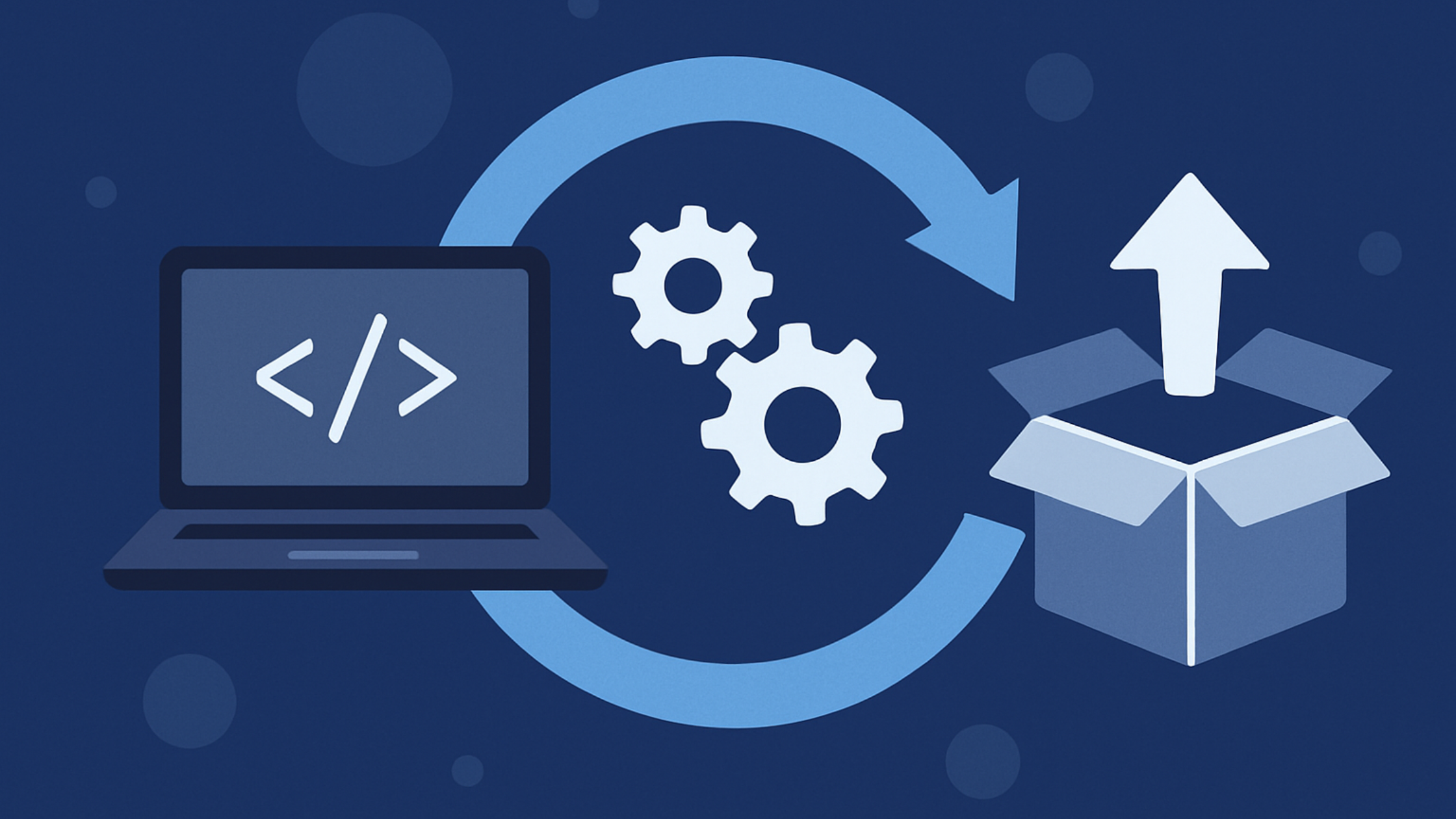In today’s fast-paced world of software development, speed and quality go hand in hand. Companies want to deliver new features, updates, and fixes faster to their users while maintaining high standards of quality. This is where a CI/CD pipeline plays a vital role. CI/CD (Continuous Integration and Continuous Deployment) automates the process of code integration, testing, and deployment. But simply having a pipeline is not enough. To truly gain an edge, it’s important to optimize the CI/CD pipeline for faster and more reliable deployments.
In this blog, we’ll explore the best CI/CD pipeline optimization techniques that can help you speed up delivery, reduce errors, and improve the efficiency of your development and operations teams.
What is a CI/CD Pipeline?
Before diving into the optimization techniques, let’s understand what a CI/CD pipeline is. A CI/CD pipeline is a set of automated steps that allow developers to deliver code changes more frequently and reliably. It typically includes the following stages:- Code Commit: Developers write code and commit it to a shared repository.
- Build: The code is compiled and converted into a runnable application.
- Automated Tests: Tests are run to check for bugs, security issues, and functionality.
- Deploy: The application is deployed to staging or production environments.
Why Optimize Your CI/CD Pipeline?
Optimizing the CI/CD pipeline can bring several benefits:- Faster deployments: Reduce time from code commit to production.
- Improved developer productivity: Developers spend less time waiting for builds and tests.
- Better resource utilization: Save on cloud or infrastructure costs.
- Higher quality releases: Catch bugs early with efficient testing.
- Use Incremental Builds: Only rebuild parts of the code that have changed instead of the entire codebase.
- Cache Dependencies: Avoid downloading the same libraries every time. Use caching to store and reuse them.
- Parallelize Tasks: Split the build into smaller tasks and run them in parallel.
- Use Lightweight Base Images (for Docker builds): This reduces the time taken to pull and build images.
- Run Tests in Parallel: Just like builds, tests can also be split and run on multiple machines or threads.
- Use Test Prioritization: Run critical or affected tests first. This gives faster feedback.
- Skip Unnecessary Tests: If no relevant code has changed, skip unrelated tests.
- Adopt Unit and Integration Testing Early: These tests are faster than end-to-end tests and catch many bugs early.
- Automate Environment Provisioning: Use tools like Terraform or Ansible to automatically set up testing and staging environments.
- Use Configuration as Code: Define pipeline configurations in version-controlled files (e.g., YAML files).
- Automate Rollbacks: Set up automated rollback strategies for failed deployments.
- Containerize the Build Environment: This ensures consistent builds regardless of the machine.
- Use Docker Compose: Easily manage multi-container applications for testing and deployment.
- Pull Pre-Built Images: Use pre-built base images to avoid rebuilding from scratch every time.
- Use Blue-Green Deployment: Keep two environments (blue and green). Switch traffic to the new version only if it passes all checks.
- Canary Releases: Deploy new code to a small set of users first. Monitor for issues before full rollout.
- Use Feature Flags: Release code in the background and enable features gradually.
- Track Metrics: Measure build time, test duration, deployment frequency, and failure rates.
- Set Alerts: Use tools to notify teams when a pipeline step fails or takes too long.
- Visual Dashboards: Use CI/CD tools that offer real-time visualizations of your pipeline’s performance.
- Adopt Cloud-based CI/CD Tools: Services like GitHub Actions, GitLab CI/CD, CircleCI, or Jenkins in the cloud can auto-scale.
- Use Spot Instances or Auto-scaling Groups: Dynamically scale your infrastructure based on demand.
- Distribute Workloads: Run tests or builds across multiple servers or regions.
- Review and Refactor Regularly: Remove unused steps, scripts, or branches.
- Use Modular Scripts: Break the pipeline into reusable scripts or tasks.
- Comment and Document: Make sure other team members can understand the pipeline setup.
- Push Notifications: Send alerts via Slack, Teams, or email when a build fails.
- Shorten Feedback Time: Only test affected modules for faster test results.
- Use Pre-Commit Hooks: Run basic checks before the code even enters the pipeline.
- Scan for Secrets: Use tools to detect API keys or passwords in code.
- Run Security Tests: Automate vulnerability scanning and static code analysis.
- Use Least Privilege Access: Limit access to the pipeline and deployment environments.
- Audit Logs: Monitor who made changes and when.
- GitHub Actions: Great for GitHub projects, easy to configure.
- GitLab CI/CD: Integrated with GitLab repositories.
- CircleCI: Fast and cloud-native, with support for Docker.
- Jenkins: Open-source and highly customizable.
- Documentation: Keep clear documentation on how the pipeline works.
- Knowledge Sharing: Conduct regular sessions to share optimization tips.
- Assign Ownership: Have someone responsible for maintaining and optimizing the pipeline.
Common Mistakes to Avoid
- Running all tests on every change, even if unrelated.
- Not using caching, which leads to repeated work.
- Not updating dependencies, which may slow down builds.
- Skipping monitoring, making it hard to detect slow steps.

